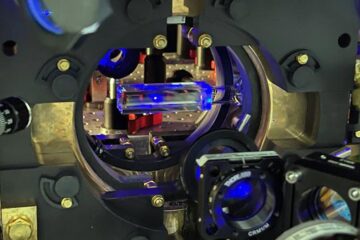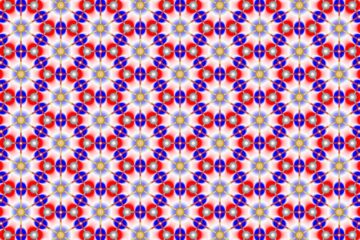Latest News

Climate Wizard makes large databases of climate information visual, accessible
Climate Wizard, a tool meant for scientists and non-scientists alike, is being demonstrated by The Nature Conservancy in Copenhagen, Denmark, in conjunction…

Ecosystem, vegetation affect intensity of urban heat island effect
“The placement and structure of cities – and what was there before — really does matter,” said Marc Imhoff, biologist and remote sensing specialist at NASA's…

Engineers help secure California highways and roads
The wall was put to test recently by engineers at the UC San Diego Englekirk Structural Engineering Center, which has the largest outdoor shake table in the…

Antagonistic genes control rice growth
In plants, steroid levels reflect environmental and internal signals and control many processes. Steroid hormones called brassinosteroids (BRs) start their…

Greenland glaciers: What lies beneath
Scientists who study the melting of Greenland’s glaciers are discovering that water flowing beneath the ice plays a much more complex role than they previously…

Pre-eruption earthquakes offer clues to volcano forecasters
This activity gives scientists an opportunity to study the tumult beneath a volcano and may help them improve the accuracy of eruption forecasts, according to…











